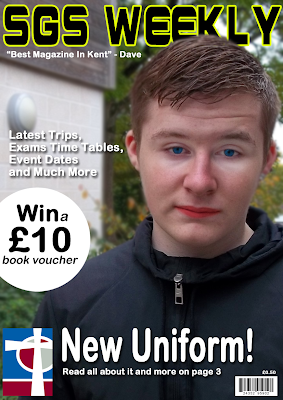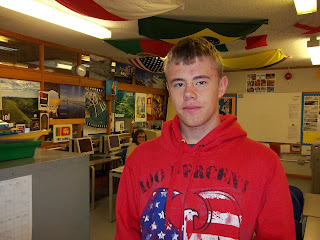One of the most recent genres to be created is Dubstep. The earliest Dubstep releases appeared during the late 90s and were often only experimental one-offs or bonus tracks.
‘Dubstep rhythms are usually syncopated, and often shuffled or incorporating tuplets. The tempo is nearly always in the range of 138–142 beats per minute, with a clap or snare usually inserted every third beat in a bar.’ (Wikipedia quote).
In 2011 dubstep became vastly popularised in the USA due to the Dj known as ‘Skrillex’ and his EPs ‘My Name is Skrillex’ and ‘Scary Monsters and Nice Sprites’. Since then many more artists have begun experimenting with the genre, however Skrillex has remained the icon most commonly associated with the music style.
Most electronic songs have very few lyrics, if any at all, and often sample many of their sounds from other musicians content. Instead of the focus being primarily on the lyrics of a song, the artists tends to provide people with a range of exiting and varying sections to stir up a variety of emotions (much like the famous classical composers Mozart and Beethoven).
The variety of different electronic music genres is enormous. To name a few:
House, Disco, EDM, Trance, Dubstep, Drum and Bass, Electro Swing, Acid House, Eurodance, Glitchstep, Chiptune, Bleep Techno, Jumpstyle, Raggacore, Rave, Speedcore and many more (for a large list of the genres: click this link).
Here are a some electronic songs:
Pegboard Nerds ft. Splitbreed - We Are One:
The Quick Brown Fox - DAS LOVE BOP:
Pegboard Nerds ft. Splitbreed - We Are One:
Caravan Palace - Clash:
Deadmau5 - Some Chords:
Skrillex - Scary Monsters And Nice Sprites:
The Quick Brown Fox - DAS LOVE BOP:















